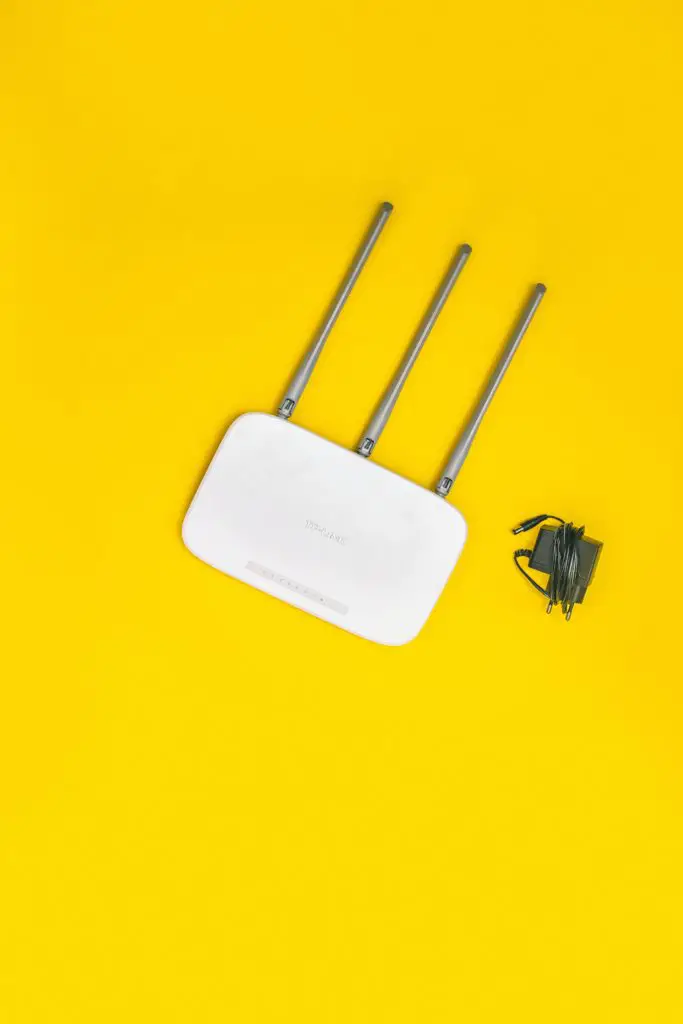You can connect your gadgets to the internet using a Wi-Fi network instead of using hefty ethernet wires. However, you’ll need a Wi-Fi password to keep your internet safe. Know more about Change Your Wifi Password

Anyone can join your Wi-Fi network without a password. Strangers can dominate the network, slowing down your internet connection. They can even use your gadgets to install malware and steal important information in the worst-case scenario.
To escape any of those scenarios, there are a few simple steps for you to follow:
- Open any internet browser on a Mac or PC and go to your router’s configuration page to update your Wi-Fi password.
If the given IP addresses do not work, you should check the specifications of your unique router, as they may vary. They’re usually provided as an IP address or a “access URL” on the bottom, back, or side of the router.
- Enter the username and password for your router. By default, the username and password are “admin” or “userAdmin,” but if this doesn’t work, check with your router’s manufacturer or internet service provider.
Alternatively, the login information is occasionally printed on the router’s bottom or back.
3. Once you’ve logged in, look for “Wireless,” “Wireless Security,” or “WLAN.” It’ll most likely be near the top or on the left side of the page.
4. Type the password you wish for your connection in the “Wi-Fi Password” or “Key” box. Long passwords with a combination of letters, numbers, and symbols are the safest.
You’ll probably be able to change the public name (SSID) of your Wi-Fi network here as well.
Once you’ve finished making your changes, click “Save” or “Apply” to save them. The Wi-Fi password will be changed instantly.If you get lost, contact the maker of your router. You could also try calling your internet service provider, such as airtel or hathway, if you received your router from them.
What happens if I lose my password?
If you forget your Wi-Fi password, you can connect to the router directly with an ethernet cable to skip the password requirement. To reset your Wi-Fi password, simply follow the procedures outlined above.
You can reset the router without an ethernet cable if you don’t have one. This will reset the router to factory default settings, erasing the existing Wi-Fi password as well as the router’s password. But don’t be concerned. To go to the configuration page, you’ll need all of the information shown above. Here’s how to re-configure your router:
1. On your router, press the Reset button. It’ll be in a pin-sized hole near the back of the router, with the words “Reset” written next to it. Use a pin, paper clip, or other long, narrow object that fits through the hole to reach inside and hit the button.
2. Open a browser and connect to the router’s Wi-Fi network (it won’t have a password at this moment).
3. Log in with your router’s default username and password. This information will be on the back or underneath the gadget, depending on the manufacturer. Contact the manufacturer if you are unable to locate it.
Frequently asked questions
- What is the meaning of WiFi?
According to some reports, WiFi stands for Wireless Fidelity and was originally meant as a pun on the phrase hi-fi, but this has never been formally confirmed. It’s a lot friendlier than “IEEE 802.11b Direct Sequence,” which was the original phrase.
- What is WiFi and how does it work?
WiFi networks use radio waves to broadcast data over the air, just like traditional radio. The frequency of WiFi radio waves is usually 2.4 gigahertz or 5.8 gigahertz. Multiple WiFi channels are carried by these frequency bands, which are used by a variety of networks.
Downloading a file from the Internet through a wireless network, for example, necessitates your router receiving the data over a broadband Internet connection and then converting it to radio waves. The router then sends out radio waves into the surrounding region, which are picked up by the device that requested the download in the first place. The signal is decoded, and the data is retrieved.
- What does it mean to have a strong WiFi password?
A strong password is one that can withstand a variety of hacking attempts, such as common dictionary attacks. To begin, keep in mind that passwords like qwerty, 12345, password, abc123, 11111, 987654321, 7777777, 555555, 123123, 1234567890, 123456789, qwertyuiop, adminadmin, and qwertyuiop are NOT STRONG. These passwords, on the other hand, will be tested first. Avoid using the same password across all of your accounts; variation is your friend. Passwords that can be deduced from your personal information are also a no-no.
A strong password is one that is long (at least 8 characters) and includes uppercase, lowercase, numerals, and special characters. You can capitalise a few words at random or substitute digits for specific characters.
- Who’s using my Wi-Fi?
Keeping your WiFi secure is crucial, yet it’s not always easy, given the ever-evolving methods hackers employ to gain access. Looking through the router’s logs, which usually contain the IP address and name of connected devices, has been the easiest way to see who has been using your WiFi so far.
Conclusion
It’s possible that an intruder is using your bandwidth if you notice a phone linked to your network that no one in your household owns. If your router enables it, disconnect your devices from the network and reset your password as soon as possible. And, of course, this time choose a more secure password.


